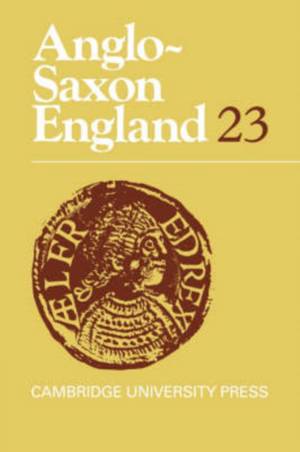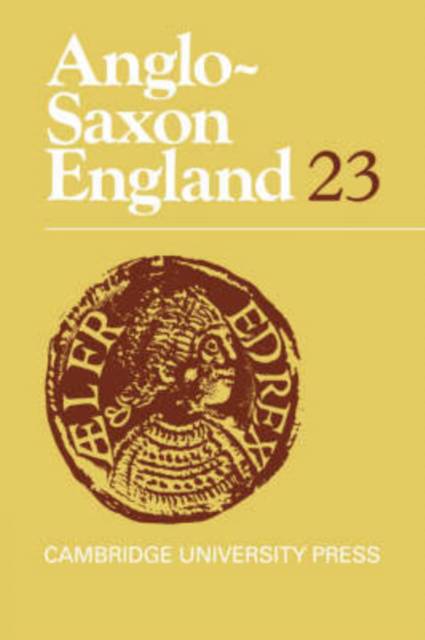
- Afhalen na 1 uur in een winkel met voorraad
- Gratis thuislevering in België vanaf € 30
- Ruim aanbod met 7 miljoen producten
- Afhalen na 1 uur in een winkel met voorraad
- Gratis thuislevering in België vanaf € 30
- Ruim aanbod met 7 miljoen producten
Zoeken
Omschrijving
One of the most important primary sources for our knowledge of Anglo-Saxon England is the charters and manuscripts which survive from the period before 1066. In the present book, two complementary essays treat the charters of mid tenth-century English kings, bringing previously unknown documents to light, establishing the circumstances in which they were produced, and demonstrating that changes in practice in the royal chancery had far-reaching effect on all aspects of Anglo-Saxon script and book production. The question of the medieval representation of women is illuminated by a study of the difficulties which a well-known monastic author, Ælfric, faced in characterizing an Old Testament heroine who used her body to achieve her ends, while a number of traditional assumptions about the property rights of divorced women in England are freshly challenged by close philological analysis of surviving law-codes. The usual comprehensive bibliography of the previous year's publications in all branches of Anglo-Saxon studies rounds off the book.
Specificaties
Betrokkenen
- Uitgeverij:
Inhoud
- Aantal bladzijden:
- 352
- Taal:
- Engels
- Reeks:
Eigenschappen
- Productcode (EAN):
- 9780521038485
- Verschijningsdatum:
- 15/10/2007
- Uitvoering:
- Paperback
- Formaat:
- Trade paperback (VS)
- Afmetingen:
- 152 mm x 229 mm
- Gewicht:
- 517 g

Alleen bij Standaard Boekhandel
+ 135 punten op je klantenkaart van Standaard Boekhandel
Beoordelingen
We publiceren alleen reviews die voldoen aan de voorwaarden voor reviews. Bekijk onze voorwaarden voor reviews.










